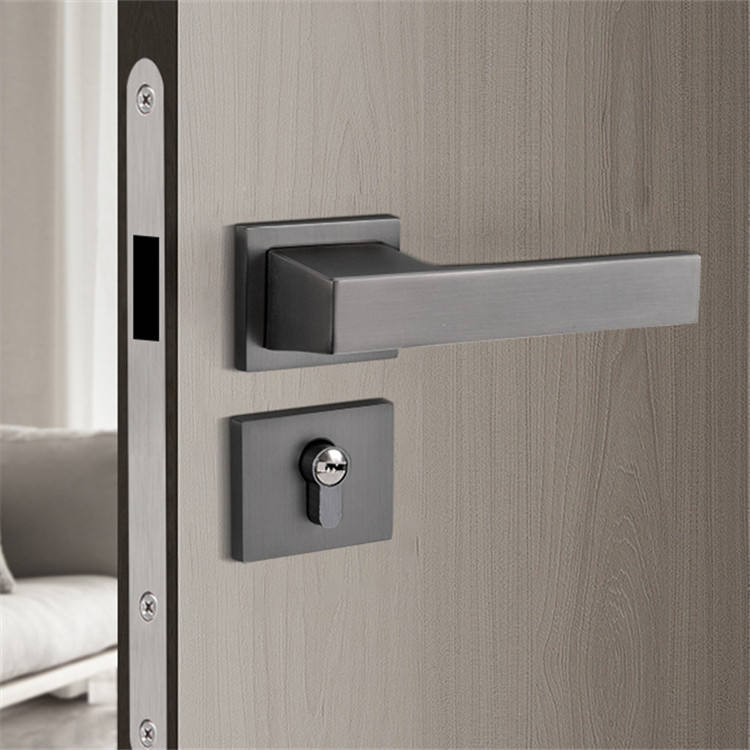Selecting the right wood for your furniture handles is crucial to achieving both aesthetic and functional goals. Different wood types have unique characteristics in terms of color, grain pattern, hardness, and durability. Here’s how to choose the right wood for your furniture handles:
1. Consider the Aesthetic: Think about the overall look and style you want to achieve. Different wood species offer various colors and grain patterns that can complement your furniture’s design. For example:
- Oak: Known for its durability and prominent grain pattern. Available in red and white varieties.
- Walnut: Offers a rich, dark color and elegant grain pattern.
- Maple: Has a pale color with a subtle grain, perfect for modern and minimalist designs.
- Cherry: Develops a warm reddish-brown patina over time and features a fine grain.
2. Hardness and Durability: The hardness of the wood affects its ability to withstand wear and tear. Consider where the furniture will be placed and how often the handles will be used. Harder woods like oak, hickory, and maple are suitable for high-use furniture pieces.
3. Grain Pattern: The grain pattern of the wood adds character to the handles. Choose a grain pattern that complements your furniture’s style. Straight grains, swirled patterns, and pronounced lines all offer unique visual effects.
4. Matching or Contrasting: Decide whether you want the handles to match the furniture’s wood or stand out as a contrasting element. Matching wood creates a cohesive look, while contrasting wood can make the handles a focal point.
5. Finishing and Staining: Consider how well the wood takes finishes and stains. Some woods, like oak and maple, take stains well, allowing you to achieve a specific color tone.
6. Environmental Considerations: Opt for sustainably sourced wood to support responsible forestry practices. Look for certifications like FSC (Forest Stewardship Council) to ensure the wood is harvested ethically.
7. Workability: Choose a wood that’s easy to work with if you plan on carving intricate designs. Softer woods like pine or cedar can be easier to carve but might not be as durable.
8. Budget: Some wood species are more affordable than others due to availability and sourcing. Consider your budget when selecting wood for your handles.
9. Maintenance: Different woods require varying levels of maintenance. Hardwoods like oak or maple are generally more durable and require less maintenance compared to softer woods like pine.
10. Personal Preference: Ultimately, your personal preference plays a significant role. Choose a wood that resonates with you and suits the overall vision you have for your furniture piece.
In summary, when selecting wood for your furniture handles, take into account the desired aesthetic, durability, grain pattern, and compatibility with the furniture’s design. By carefully considering these factors, you can choose the perfect wood that enhances both the beauty and functionality of your furniture handles.


